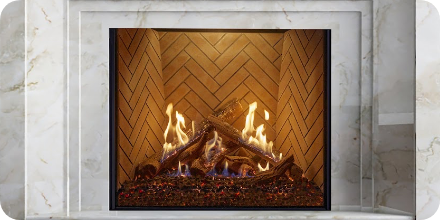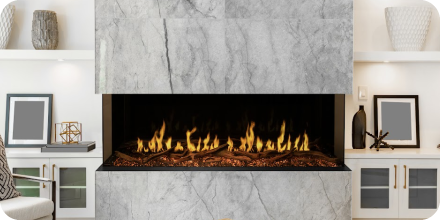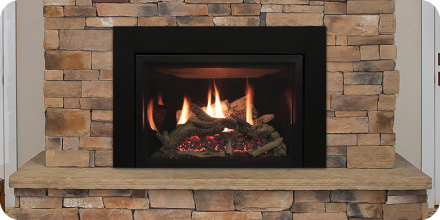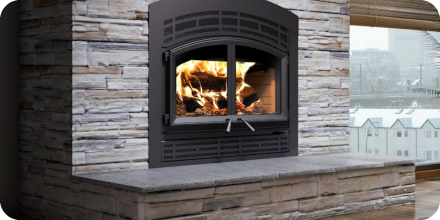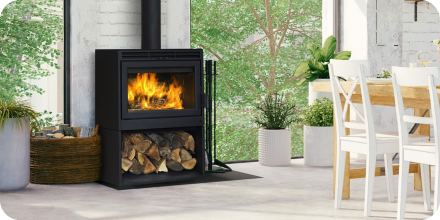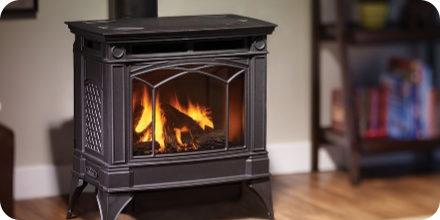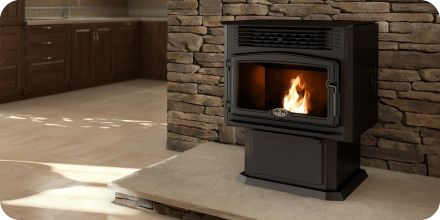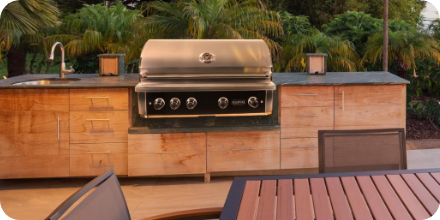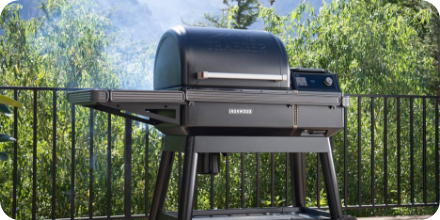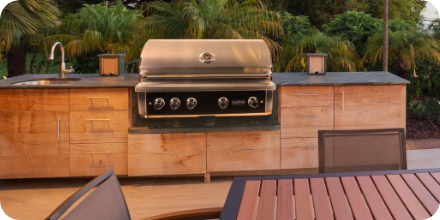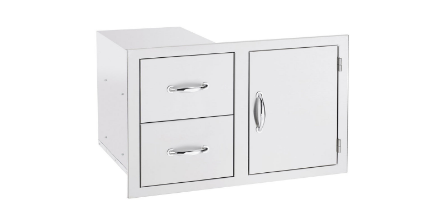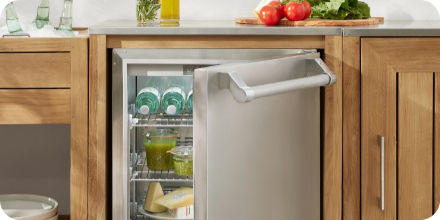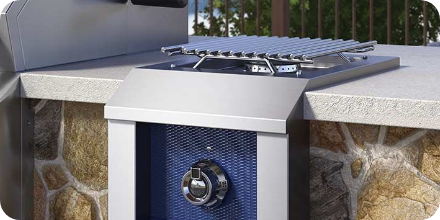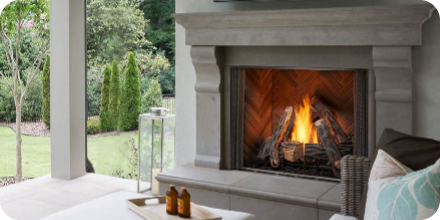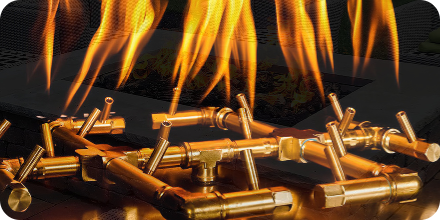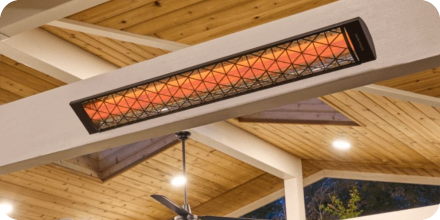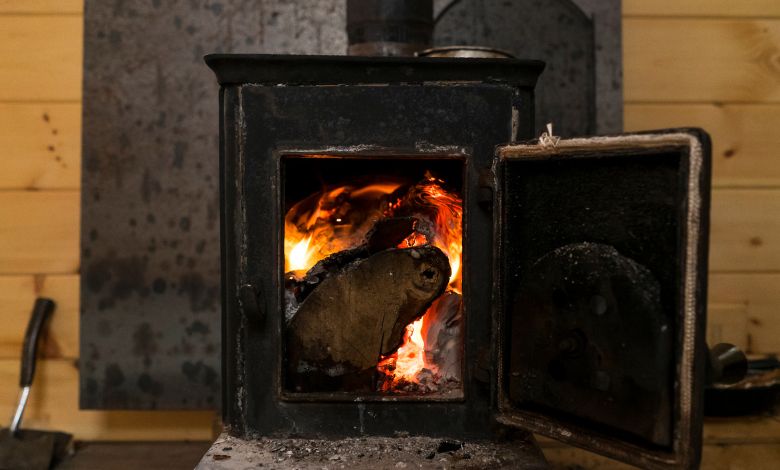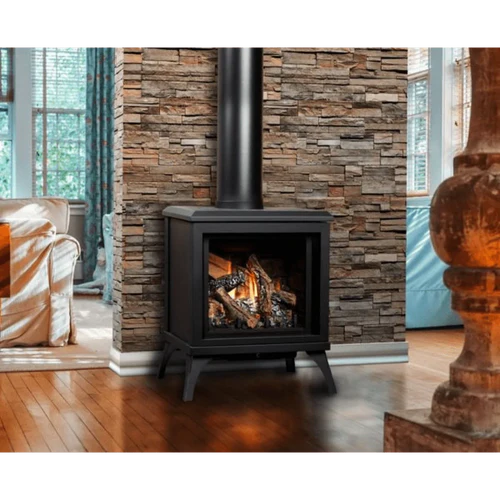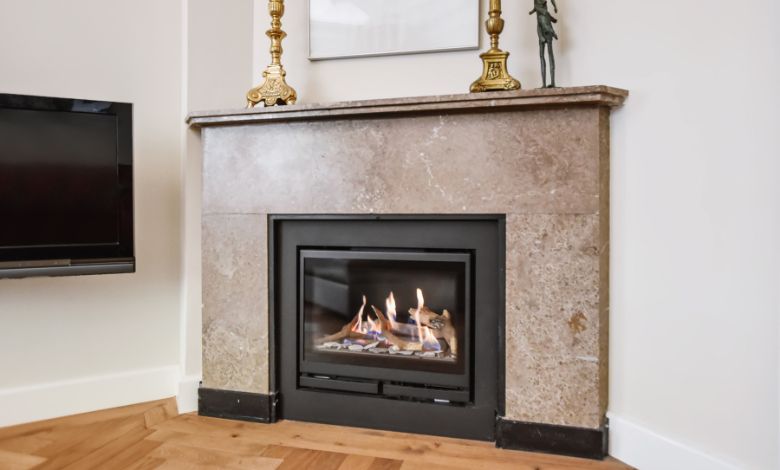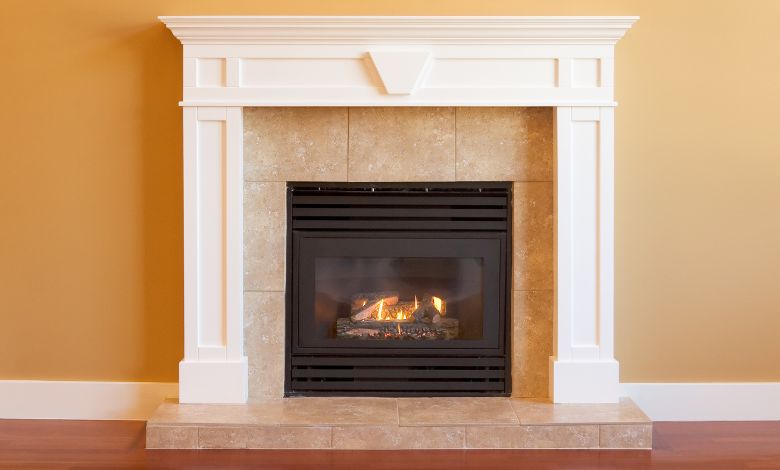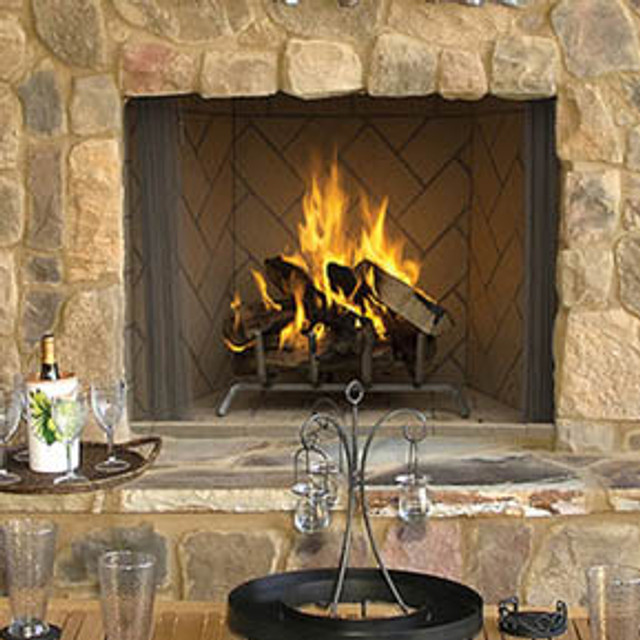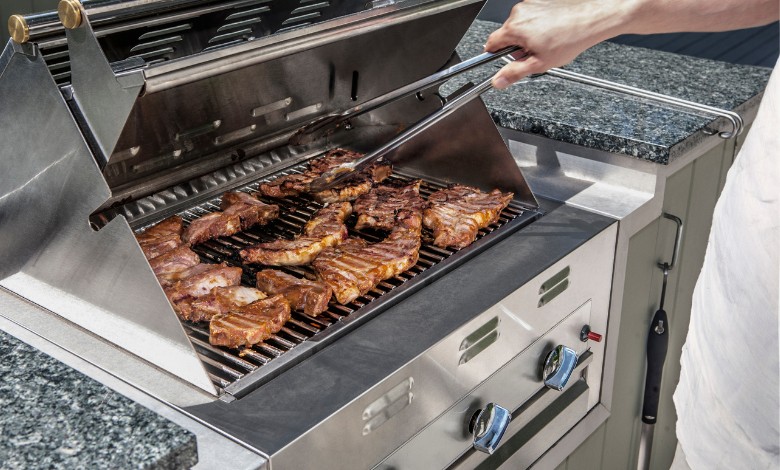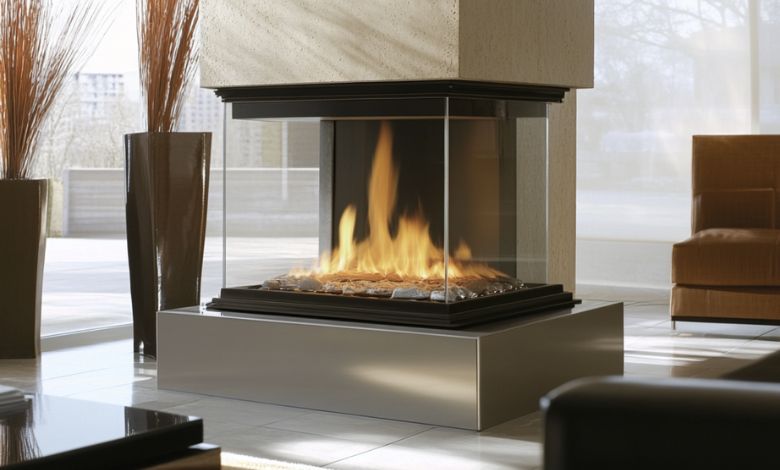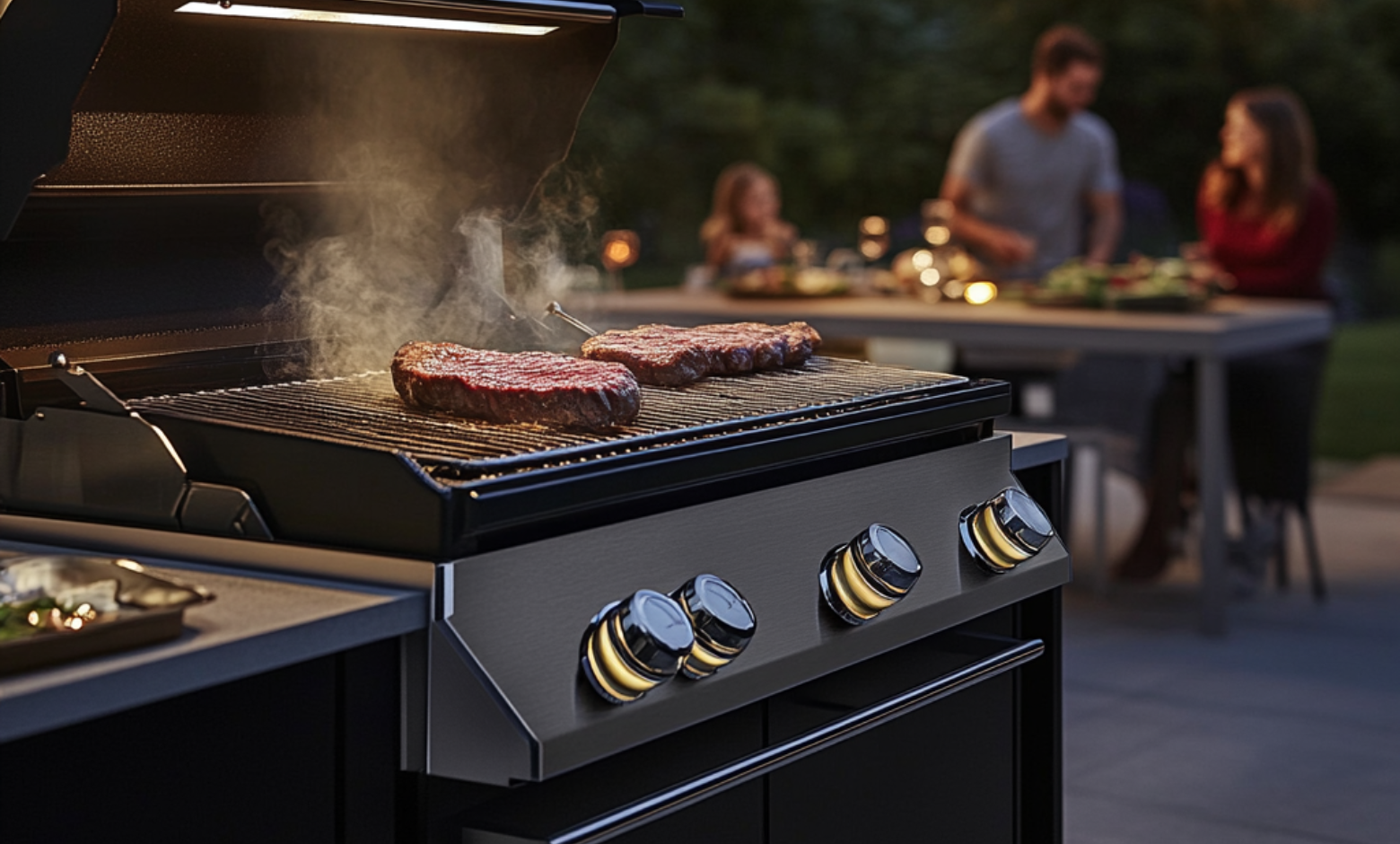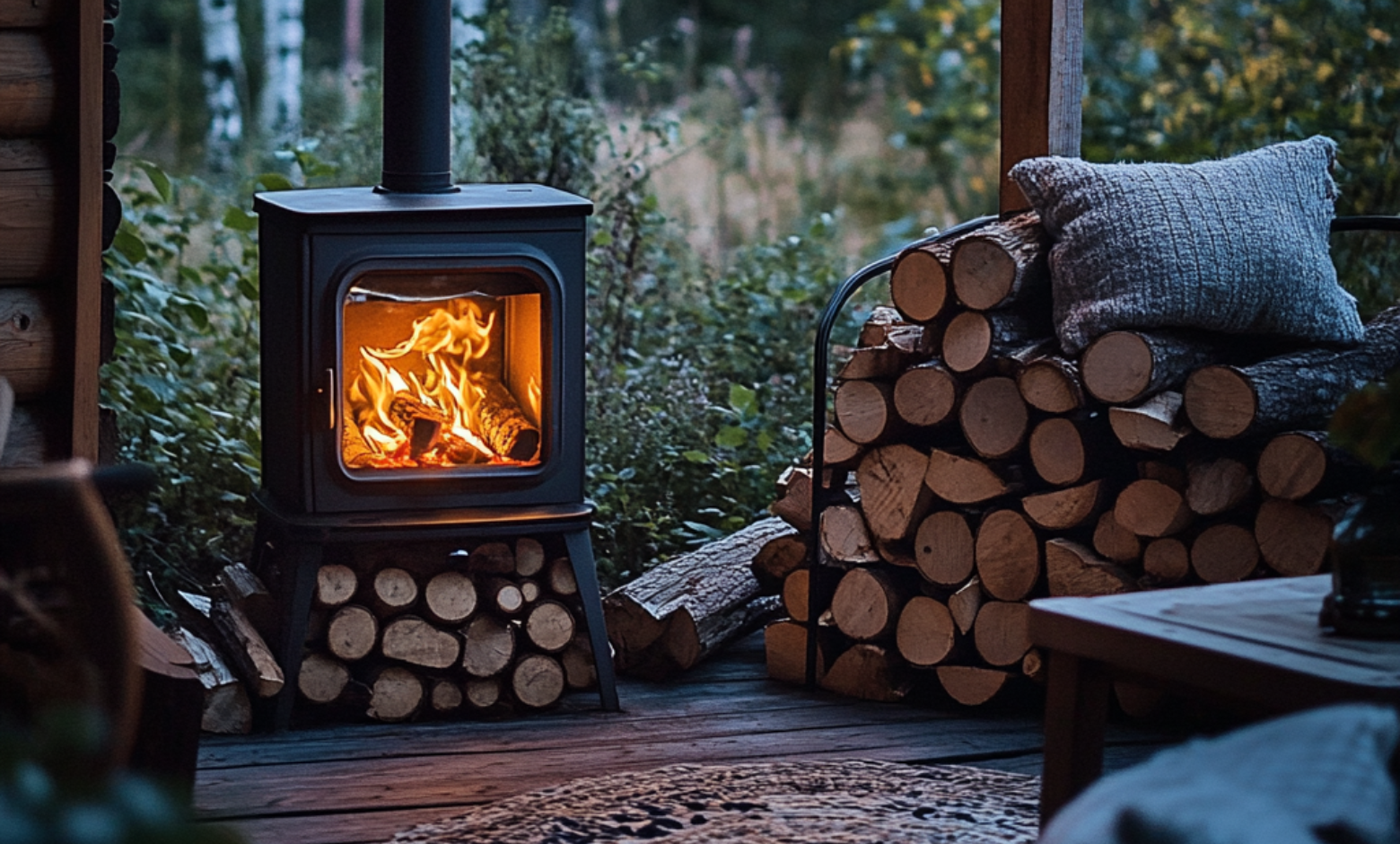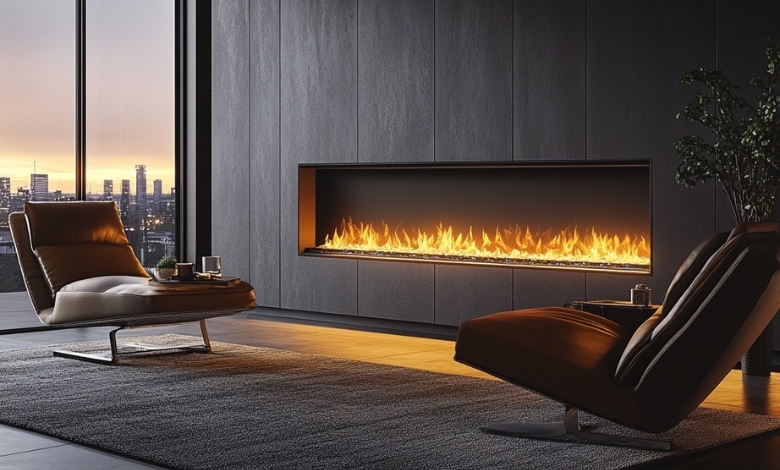Best Ways to Heat Your Home
Nov 18th 2021
Wonder which is the best way or best fuel type to heat your house? Is it a gas fireplace or stoves, inserts, electric, pellet, or wood?
Well, here we provide you with some interesting fireplace and stove options that may help you choose the best category to heat your house.
Let’s consider the significant factors like the ability to heat the whole home, the efficiency of the particular fuel type, the cost to run, ease of use, and lifestyle to differentiate each fuel type.
Let’s first begin with the Wood Fireplaces.
Wood fireplaces are available in different types, and each category varies in different aspects of providing heat.
When we talk about wood- whether a stove, insert, or a built-in factory firebox with a sealed front, they are all EPA certified sealed units. They have the ability to whole-home heat and, therefore, can be your primary heat source.
It doesn’t matter if you have a small cabin or a big house or a large grand room; wood can heat the whole house. It’s just that there are some size differences usually dictated by the firebox size.
There are smaller and larger wood stoves, which can hit about 3000 sq. ft. and more. Another advantage of using wood as a whole home heater is that you don’t need to depend on any utility company or electrical utility for power outages.
You can constantly and steadily heat your home without outside factors bothering you. It is a reliable whole-home heater which you can count on.
However, if you have a big open fireplace at your home, wood may be inefficient as they take all the oxygen out of the room, and the heat going to run up the chimney.
Speaking about cost and efficiency, it depends on your particular lifestyle.
Wood units are EPA certified, so they are super-efficient. Usually, most EPA-certified stoves will give you a 7 to 9 hour, even longer or sometimes 20, hour burn times which shows they are extremely efficient.
From a cost to operating standpoint, using wood is cost-efficient. It is way more beneficial if you live in a rural area surrounding a lot of trees or wood around your property. Your fuel would cost zero except your time because you have to store, split, stack, and season it, which will get into with lifestyle.
So, the ability to heat your house costs you nothing but your time, making it highly efficient.
Regarding price, the cost of a quarter of wood depends on where you live, what type of wood you have or buy, and your individual needs.
Lifestyle benefits of wood.
Wood is lesser because your cost to operate will be considerably lower than other fuel types like propane. So, in a nutshell, it’s effective, and the price depends on the variety of wood.
If you have free wood or easy access to free wood, or even if you are paying, wood might be a good heating option for your home.
For lifestyle, there’s a lot of steps involved with wood. It takes more work- to clean out ash, make sure you have a fire and a draft going. So, it’s neither the easiest to use nor the most difficult out of all other categories.
Using wood may be high maintenance but has a lot of great benefits.
Moving on to Electric Heat,
It has the most negligible ability to heat an ample space and probably may be the least powerful.
However, you could whole home heat with electric fireplaces if you have a mega solar home and can afford to put one in every room. It may not be the best option if you have a larger space considering its efficiency.
When it comes to costs, an electric fireplace is the least efficient in all of them, but the cost to operate will be the most expensive. It also depends on your particular lifestyle. For example, if you have solar power to heat up, then electric is highly cost-effective to run electric fireplaces, and you could opt for one in every room and heat.
In case of no solar panels, an electric heating source is not recommended as a primary heating source. It is best in a room with supplemental heat.
From a lifestyle and convenience standpoint, using an electric heating source is more comfortable. You can just turn on or off the heat in just one touch. It’s simple, very easy to use, and provides instant heat. Another most significant benefit of electric fuel is that it heats up in less than 2-3 seconds, the most convenient and easiest way to use.
Gas Fireplaces or Stoves
In the ability to whole-home heat, gas can heat your entire home, just like wood.
Gas also has the ability to heat like wood, 500 degrees of instant heat in the room. You can heat small or large spaces just as the wood. You will also have the ability to turn them way down and turn them way up.
Speaking about costs, it depends on your specific requirements and lifestyle. In Colorado, natural gas is relatively affordable, and it’s a very efficient way to heat your home. A gas fireplace may be a little cheaper than a gas furnace and provides instant radiant heat in the room while simultaneously using fewer BTUs.
Most of the gas fireplaces have a fire back up, and they can run without power. You don’t need the power to run these on propane supply, and they heat predominantly radiantly. So, you can heat a space with absolutely no power, which is a great advantage of gas fireplaces.
But gas is not the best option if you have an open gas vent unit. They are also inefficient when you do some base-grade gas fireplaces that are more decorative. But there are fireplaces like the brand Mendota that are designed really as powerhouse mega heaters.
In general, the natural gas cost is roughly the cost of a cord of wood, and they are almost similar.
Regarding lifestyle and ease of operation, gas is the best-selling category or the best-selling fuel type. They have a lot of benefits as the wood-burning and electric categories.
Gas is a safe and very popular choice for heating a house; it is super powerful like wood, easy to use like electric, and almost has all the ease of use features.
The only difference is that it will take about 5 minutes to get heat out of the gas versus just five seconds of electric fuel. You’ll also get remote controls and thermostats and have full controllability of the way your house heats.
Moving on to Pellet, it is also one of the moving heating sources.
About its ability to heat the whole home, pellet stoves can heat a big space. However, they require power for all operations and are not a good choice in a power outage. In contrast, a gas fireplace or woodstove will work. Electric and pellet are the two options that need the power to work out.
Pellets have so many moving parts that they require high maintenance. Pellet stoves or inserts may go on for frequent services. Besides, pellets are not counted on as the main heat source even if you have reliable power because of their complex operating system. On the other hand, it works best as a supplemental heat source.
The cost to operate depends on the area you live in and how many pellets you buy. In general, it’s a little bit more expensive than cordwood.
For lifestyle, the pellet is the least favorite category for its high maintenance and cost. However, they do have some convenient features like turning on and off and a thermostat. But you still have to store and stack pellets and physically load them into your hopper, making it more challenging.
Also, they have five pieces of electronics like auger near high heat and dust, which may lead to a disaster.
Above all, pellet stoves would be a good choice for the elderly when they don’t have to deal with wood-burning fires and don’t want to spend more to heat a house. It’s a good alternative with some convenient features like thermostat controls. The only physical labor one has to do is to fill the hopper up with pellets.
Also, if you are away from home a lot and need to have something thermostat controlled, and you just can’t do an electric or gas source, a pellet is the best choice.
If you’re getting a pellet stove, you have to make sure you understand everything involved in operating it, or you need to have a service guy handy, or you have to be handy to repair and fix some of the electronics.
To sum up, each category has its advantages and disadvantages and suits best according to each person’s needs. Think about your specific needs and consider factors like ease of installation, costs, lifestyle, and efficiency before you buy one.
Check out our products at Embers Living and choose your favorite according to your needs.

